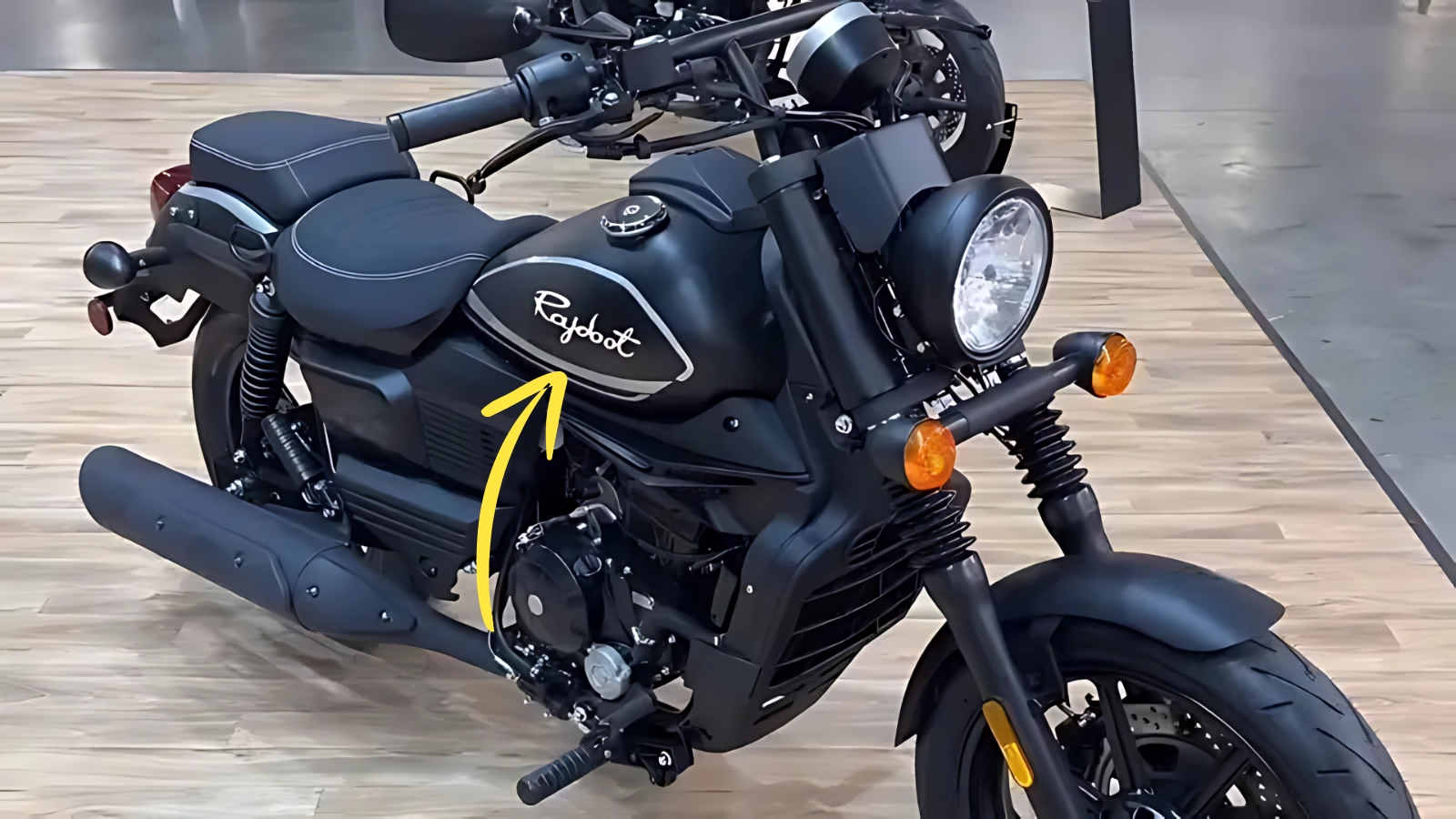Rajdoot 350: The motorcycle community across India has been buzzing with speculation as whispers grow louder about the possible return of the iconic Rajdoot 350. Veterans who owned the original bikes share nostalgic stories at tea stalls, while younger riders Google frantically to understand why their fathers speak of this machine with such reverence. If the rumors prove true, Indian roads might once again echo with the distinctive thump that defined motorcycling for an entire generation.
The Original Thunder: Understanding Rajdoot’s Legacy
For those who lived through the 1980s and early 1990s, the Rajdoot wasn’t just a motorcycle – it was a statement of intent. Based on Yamaha’s legendary RD350, this two-stroke twin-cylinder beast brought unprecedented performance to Indian roads. In an era when most motorcycles struggled to cross 100 kmph, the Rajdoot blazed past at speeds that seemed impossible, earning both admiration and notoriety.
The bike’s character was unmistakable. That distinctive two-stroke smoke, the aggressive powerband that demanded respect, and the raw mechanical feel created an experience modern motorcycles rarely match. Police departments adopted it for highway patrol, cementing its reputation for reliability despite the performance focus. It wasn’t just transportation; it was an adrenaline delivery system on two wheels.
Why the Legend Faded: The End of an Era
The Rajdoot’s demise came not from any mechanical failing but from changing times. Stricter emission norms spelled doom for two-stroke engines across the world. Fuel efficiency became paramount as petrol prices rose. The market shifted toward practical commuters rather than performance machines. By the mid-1990s, the Rajdoot had become a memory, kept alive only in the garages of devoted enthusiasts.
Yet the legend never truly died. Restored Rajdoots command premium prices today. Motorcycle groups dedicated to the brand organize rides and maintenance workshops. The distinctive purple and white colors still draw crowds at vintage rallies. This enduring passion suggests a market exists for a modern interpretation – if done correctly.

Modern Revival Possibilities: Adapting to New Realities
Any potential Rajdoot revival would face the challenge of honoring heritage while meeting contemporary requirements. The two-stroke engine that defined the original cannot return due to emission norms. However, modern engine technology offers alternatives that could capture the spirit if not the exact character. A high-revving parallel twin or even an electric powertrain could deliver the performance that made Rajdoot special.
Industry insiders speculate about possible manufacturers showing interest. The rights situation remains complex, but determined companies have navigated such challenges before. The success of other retro revivals like Royal Enfield’s Interceptor or Honda’s CB350 demonstrates market appetite for heritage-inspired motorcycles. A properly executed Rajdoot revival could tap into both nostalgia and young riders seeking something different.
Design Challenge: Respecting DNA While Moving Forward
The original Rajdoot’s design was purposeful rather than pretty. The twin exhausts, the muscular fuel tank, and the no-nonsense stance created an unmistakable silhouette. Any revival would need to maintain these character elements while incorporating modern safety requirements and manufacturing techniques. LED lighting, disc brakes, and ABS would be mandatory, but integration must respect the original’s honest aesthetic.
Color schemes present interesting possibilities. While the purple remained most iconic, Rajdoots came in various colors that collectors prize today. A modern version could offer heritage colorways alongside contemporary options. The key lies in maintaining the visual mass and presence that made Rajdoots stand out in traffic – no easy task in today’s world of lookalike motorcycles.
Market Dynamics: Finding the Sweet Spot
Pricing a revived Rajdoot would require careful consideration. Too expensive, and it becomes just another premium toy. Too cheap, and it dishonors the legacy. The sweet spot likely lies in the 2-3 lakh range where serious enthusiasts can justify purchases while younger riders can aspire to ownership. This positioning would compete with Royal Enfields and premium commuters rather than budget motorcycles.
The target audience extends beyond nostalgia buyers. Young riders increasingly seek motorcycles with character and heritage. The success of scrambler-style bikes and cafe racers shows appetite for emotional purchases over purely practical ones. A Rajdoot revival could capture riders wanting something with genuine history rather than manufactured heritage.
Technical Possibilities: Performance for Today
Modern engine technology could deliver Rajdoot-worthy performance while meeting emission norms. A 350-400cc twin-cylinder engine producing 40-45 horsepower would provide thrilling performance by Indian standards. Fuel injection, liquid cooling, and catalytic converters would ensure compliance without sacrificing character. The key lies in tuning for excitement rather than outright efficiency.
Handling dynamics could significantly improve over the original while maintaining its engaging nature. Modern suspension, better tires, and refined chassis geometry would make the bike safer and more capable. However, some rawness must remain – too much refinement would rob the Rajdoot of its essential character.
Vivo T4 Ultra – High battery backup smartphone with 90W fast charging
Rajdoot 350 The Waiting Game: Hope Springs Eternal
As enthusiasts wait for concrete announcements, the speculation continues fueling conversations and dreams. Whether the Rajdoot returns or remains a cherished memory, its impact on Indian motorcycling remains undeniable. It proved Indian riders appreciated performance, paving the way for today’s diverse market.
For now, original Rajdoots continue thundering down highways, maintained lovingly by owners who refuse to let the legend die. If revival rumors materialize into reality, Indian roads might once again witness the rebirth of a icon. Until then, the purple thunder lives on in memories and meticulously maintained machines, a testament to when motorcycles were more than mere transportation.
